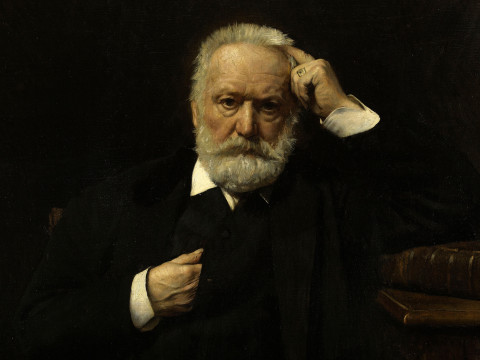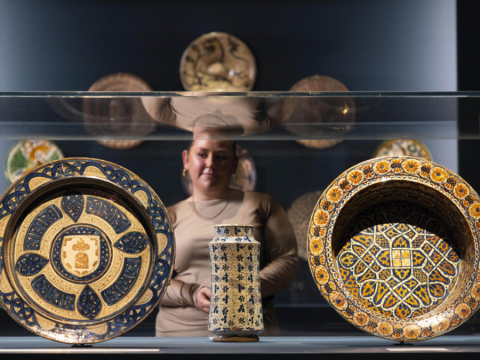
Ed Ruscha remembers Dennis Hopper
By Ed Ruscha
Published on 23 June 2014
As the RA prepares for 'Dennis Hopper: The Lost Album', Honorary Royal Academician Ed Ruscha reflects on his friendship with the legendary actor, director and photographer in 1960s Los Angeles and beyond.
Dennis and I met sometime in 1961-1962 at the Ferus Gallery where we both happened to be seeing an exhibit of Kurt Schwitters collages, if memory serves me.
The artists all knew there were only three movie actors who could be called “art collectors”: Vincent Price, Edward G. Robinson, and Sterling Holloway. The first two would never indulge in contemporary art, but Sterling Holloway had a weakness for art made recently. Dennis himself began to collect art and could be counted as number four of people in the movie business that had any interest in art of today. Another actor, Dean Stockwell, was pals with Dennis, and Wallace Berman, and George Herms, and also made his own collages. The art world in Los Angeles in the early ‘60s was miniscule: two or three galleries, and not many artists spread far and wide around the city.
I would rarely see Dennis without his favourite camera, a 35mm Nikon. He would point it in almost any direction and find a suitable Dennis Hopper subject. So his focus was on anything and everything of interest. Through his eyes I see a virtual dictionary of the city of Los Angeles. He approached his photographs as a sort of wandering of the soul, followed by the familiar ka-chunk of the Nikon.
Dennis was shooting many portraits of his friends in those days, especially artists. He picked the location for mine, a storefront on Santa Monica Boulevard that sold saws and industrial tools. There was not a lot of “make-ready” or posing to my portrait. He used his trusty Nikon camera. In 10 to 15 minutes, he had just what he wanted.

Dennis would visit my studio in Echo Park, and later in Hollywood, and he would always be his very personable self, together with a darkish sense of humour. I maintained a large discarded painting of the word “if” on my studio wall for years. On his visits, he would never fail to correctly recite Rudyard Kipling’s poem “If” and do it with smooth gusto.
Since he was on the road a lot for his movies, he would make his art in temporary studios for years until he put down a permanent set-up in Venice. In the early ‘60s he made art in a garage studio on Crescent Heights Boulevard that was right on the street down the hill from his Spanish style house. His hunger for anything related to art, film or music shot out in all directions. He tamed his appetite by indulging in all of them.
My first sale of art was to Dennis. It was a large painting of a Standard gas station. I remember his reaction upon seeing this picture. There was a long pause, then he came out with the words, “Oh, man!” No other verbals necessary. This was the way we communicated.

I stayed in touch with him over the years, and in 1972 stayed in his compound in Taos, New Mexico. He was in an edgy period of his life, having finished Easy Rider and The Last Movie and was feeling alienated and detached from his friends in the movie industry. He was feeling both empowered and paranoid in his daily life due to the swing of success and disappointments of his recent movies. His character in the movie Apocalypse Now was true to his form as an actor and a person in real life. He was riveting in this role. This together with his character in Blue Velvet forms a vital and powerful image as Dennis as an actor and a person. His indulgence in painting and sculpture was no less enthusiastic. Inspired by the noise of the streets, graffiti and the history of modern art, he jumped right in.
I was honoured to be a pallbearer at Dennis’s funeral at the famous old church in Ranchos de Taos, New Mexico. We carried him into the chapel, and the service was very moving. Upon carrying him out, we all felt the casket to be much heavier than it was on our way in. Another pallbearer, Mark Canton said, “Maybe someone in the chapel slipped all of Dennis’s golf clubs into the casket.”
Dennis Hopper: The Lost Album is in Burlington Gardens at the RA, 26 June –19 October 2014.
Related articles

3 things you didn't know about Victor Hugo
14 March 2025

The great art quiz of 2024
18 December 2024

The great art quiz of 2023
20 December 2023

Introducing our 2024 exhibitions
18 May 2023

Start here: Souls Grown Deep like the Rivers
17 February 2023
